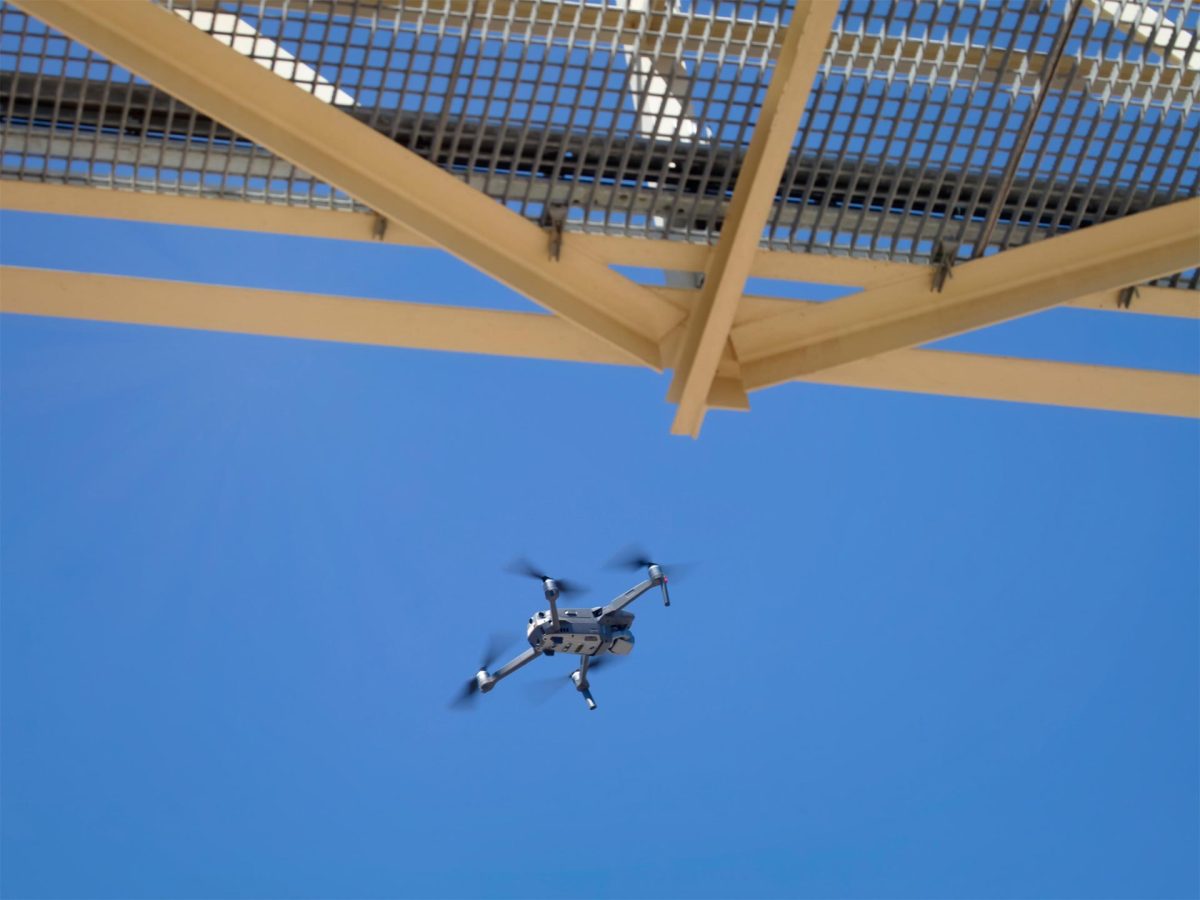Expert Survey Solutions that deliver.

Bridging the Gap How Drone Surveying and LiDAR Improve Bridge Inspections – When it comes to ensuring the safety and longevity of our bridges, staying ahead of maintenance is key. Traditional bridge inspections can be time-consuming, costly, and often require hazardous conditions. However, thanks to cutting-edge technology, there’s a smarter way to inspect and maintain […]
How Drone Surveying and LiDAR Improve Bridge Inspections – When it comes to ensuring the safety and longevity of our bridges, staying ahead of maintenance is key. Traditional bridge inspections can be time-consuming, costly, and often require hazardous conditions. However, thanks to cutting-edge technology, there’s a smarter way to inspect and maintain our vital infrastructure – Drone Bridge Inspections.
Drone surveying, coupled with LiDAR technology, is revolutionizing bridge inspections. So, buckle up, and let’s take a journey over these modern marvels of engineering.
Bridge inspections are an essential part of maintaining our roadways, railways, and waterways. They ensure the safety and functionality of these critical structures. However, traditional inspections can be slow and risky, often requiring inspectors to access hard-to-reach areas, like the undersides of bridges or towering supports.
This is where Drone Bridge Inspections come into play. Using remotely operated drones equipped with advanced sensors and cameras, we can now assess bridges with unprecedented precision, efficiency, and safety.
Here’s why drone inspections are becoming the go-to choice:
Imagine sending a drone soaring under a bridge deck or gliding along its supports, capturing detailed images and data. This is now possible with Drone Bridge Inspections. By navigating tight spaces and hard-to-reach areas, drones provide a clear view of the bridge’s condition.
Drones come equipped with various sensors and cameras designed for specific inspection purposes. For instance:
A bridge inspection typically requires a snooper vehicle and getting a snooper vehicle in position and ensuring the safety of workers can be a time-consuming process, often taking hours. In contrast, deploying a drone is a matter of minutes before it’s airborne and actively capturing images. The inspector no longer requires physical transportation via the snooper vehicle to commence data collection. Instead, the drone swiftly navigates the bridge, collecting data as it goes, while the drone operator remains safely on the ground, easy peasy right?
Furthermore, certain drone software packages can instantly compile the captured imagery into 3D and infrared models, expediting decision-making processes. Another significant time-saving advantage is the reduced necessity to close bridge traffic during inspections. In certain instances, a drone inspection may enable traffic to flow seamlessly, eliminating the need for lane closures or traffic stops.
One of the game-changers in Drone Bridge Inspections is LiDAR technology. Light Detection and Ranging, or LiDAR, uses laser beams to measure distances and create precise 3D models of bridge structures.
Here’s how it contributes to better bridge inspections:
Incorporating LiDAR technology into Drone Bridge Inspections isn’t just about enhancing efficiency; it’s about ensuring the safety and longevity of our vital infrastructure. By identifying potential issues early and accurately, we can address maintenance needs promptly, extending the life of our bridges and ensuring the safety of everyone who relies on them.
Drone Bridge Inspections are a testament to the power of technology in enhancing safety and efficiency in critical infrastructure maintenance. By combining the versatility of drones with advanced sensors like LiDAR, we gain a comprehensive understanding of a bridge’s condition without compromising safety or budget.
So, the next time you see a drone gracefully gliding beneath a bridge or hovering near its towering pillars, know that it’s not just a spectacle; it’s a modern solution ensuring the strength and reliability of our vital bridges. In the world of bridge inspections, drones are indeed bridging the gap between tradition and innovation, making our infrastructure safer and more resilient for the future.
Contact Angell Surveys for more information or book your Drone Bridge Inspection today.
Trust Angell Surveys for cutting-edge technology, expertise and timely delivery when it matters.